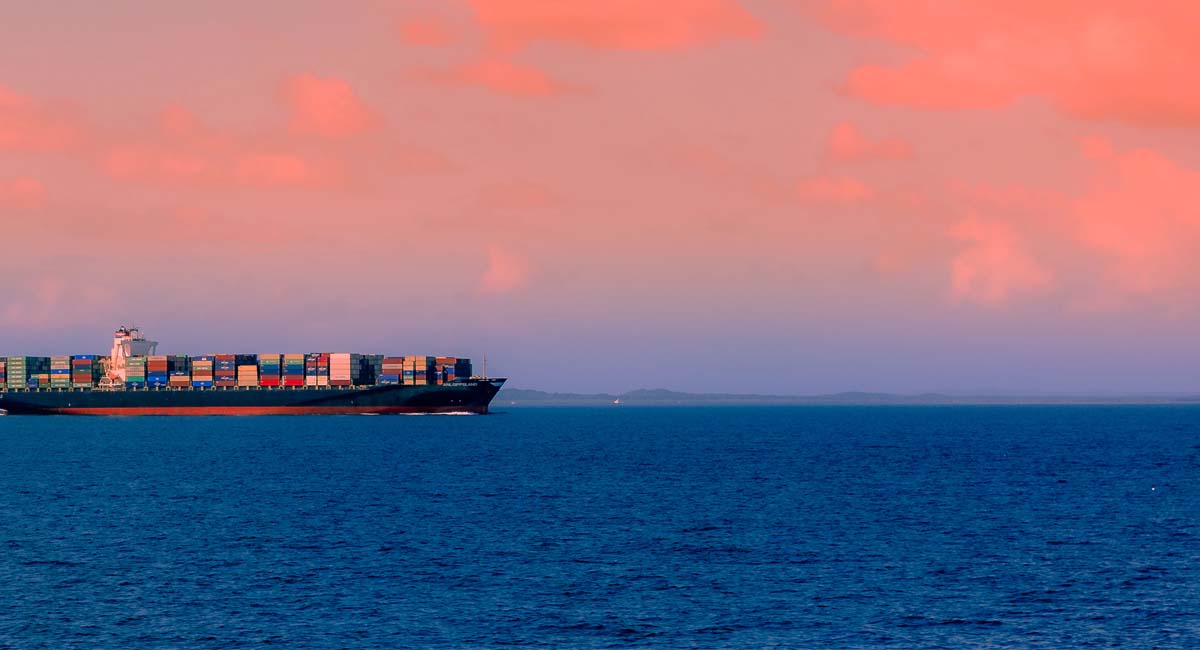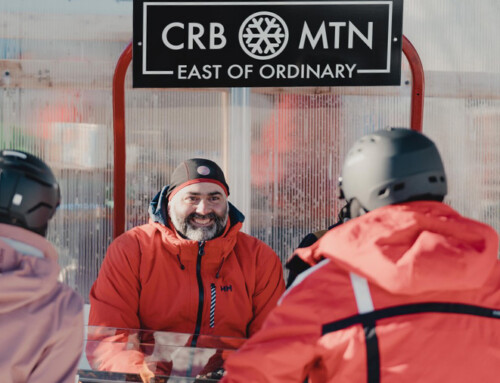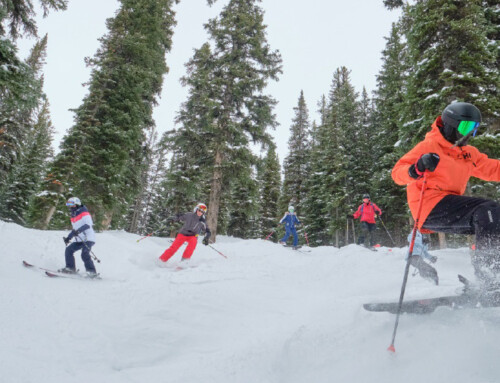Whether you’re a ski fanatic who always loves the latest and greatest gear, or someone who is new to the sport and just needs the basics to get started, you’ve likely noticed slim pickin’s out there in the retail world. You want the new World Cup slalom skis from your favourite brand, but they ran out of your length, or maybe you finally found the boots that go perfectly with your poles, but they’re unfortunately sold out of your size. It seems the ski industry has gone from “Get ‘em while they’re hot”, to “Get ‘em if you’re lucky” in the last two years, and a lot of companies are pointing at the various supply chain challenges the industry has faced.
The pandemic disrupted the ski industry in more ways than just shutting down slope operations. Along with many other companies that rely on globalized production, ski brands were faced with unexpected shortages at various stages of the supply chain. To start, many factories were shut down for periods at a time to help stop the spread of COVID-19. These shutdowns were unforeseen and took place for undetermined lengths of time. Even after reopening, COVID protocols such as screening and isolation periods, introduced exponential staffing challenges.
After manufacturers weathered the initial COVID challenges, the global supply chain crisis followed, making it hard to source raw materials. Ski and snowboard equipment have come a very long way with new technology, but each new advancement requires more unique materials that complicate the production process. When dealing with high-end equipment, a perceived ‘simple’ swapping out of materials is simply not an option. An example of this is the special glue Stöckli uses on its skis. This signature component to the Swiss brand’s skis is produced from specific materials sourced from England and Japan. The specially sourced raw materials became a roadblock to production when the whole world was experiencing bottlenecks and work delays.
Illness and COVID protocols aside, ski industry manufacturers could not seem to catch a break over the last two years due to other unforeseen events. The Trump-era Trade War resulted in tariffs on China and certainly caused a kink in the supply chain. And then, even if raw materials were able to be ordered, shipping containers were stalled at many ports across the globe due to the unusual spike in demand paired with limited resources at shipping docks.
Then there were exceptional incidents such as the Fischer factory fire. The fire resulted in a significant hit to the brand’s production with 60% of Fischer skis being produced at its factory in Mukachevo, Ukraine. Other brands that have some element of production in Mukachevo were also impacted, including Scott, Rossignol, Tecno, Splitkein and Alpina. Compounding this setback is Russia’s war on Ukraine, adding even more strain on a struggling production.
At a time when outdoor sport is in peak demand, ski brands continue to watch supply chain issues, while many retailers continue to recommend that consumers secure the gear they want as soon as possible. The good news is that the lack of in-store supply means that old equipment is now worth more as skiers search for alternative sources for goods – ski swaps and resale sites are bound to be bumping this pre-season. With inflation and a borderline recession on the horizon, the ski manufacturing industry isn’t clear of supply issues just yet. The best advice for retailers as we head into another ski season: use this opportunity to embrace buy-back programs now more than ever, investigate recycling / reselling opportunities in-store, and secure hard and soft goods well in advance to allow for inevitable supply chain delays.








